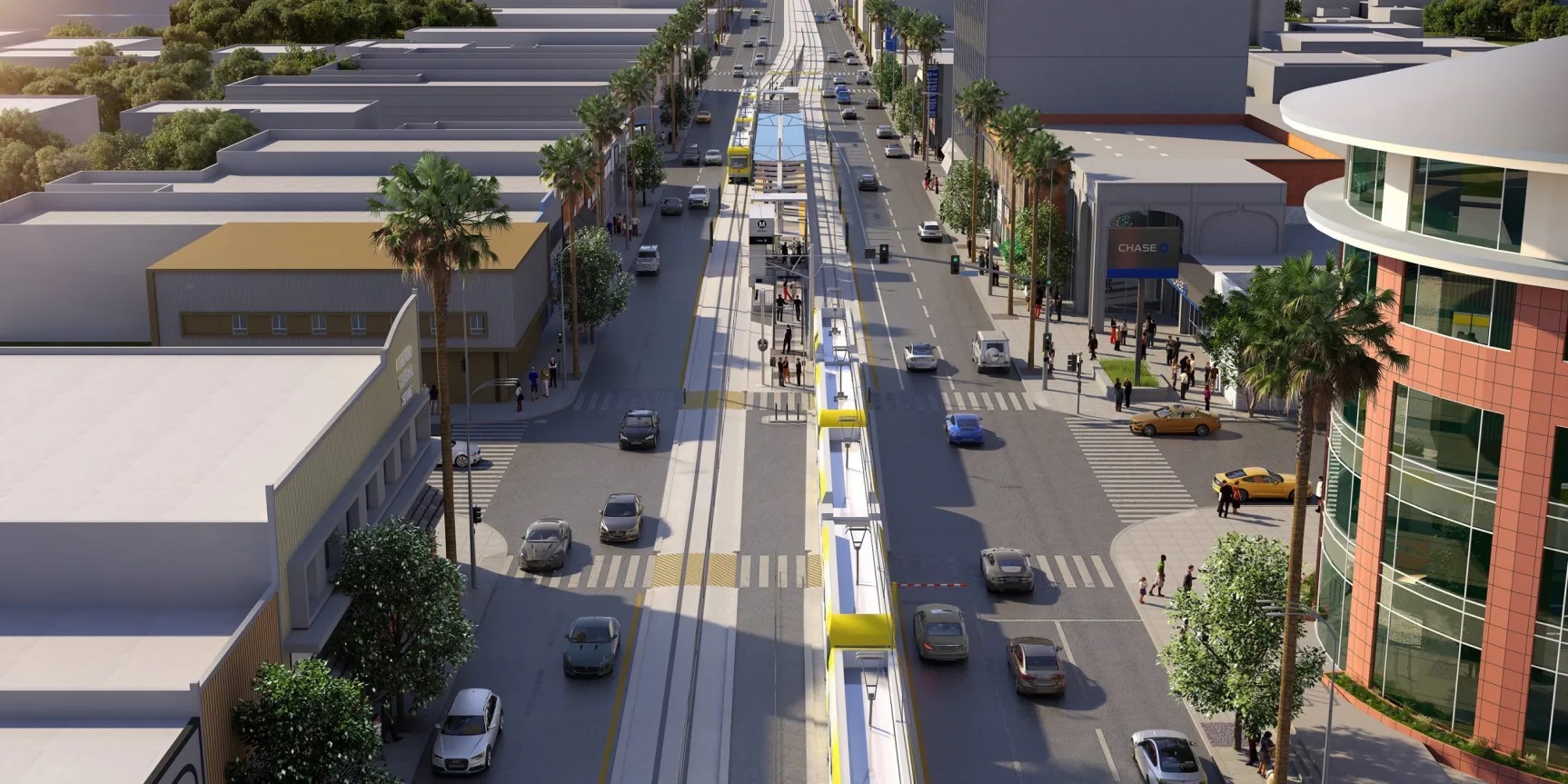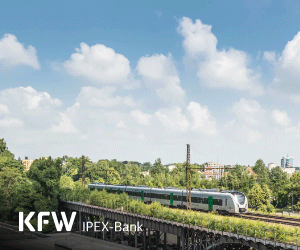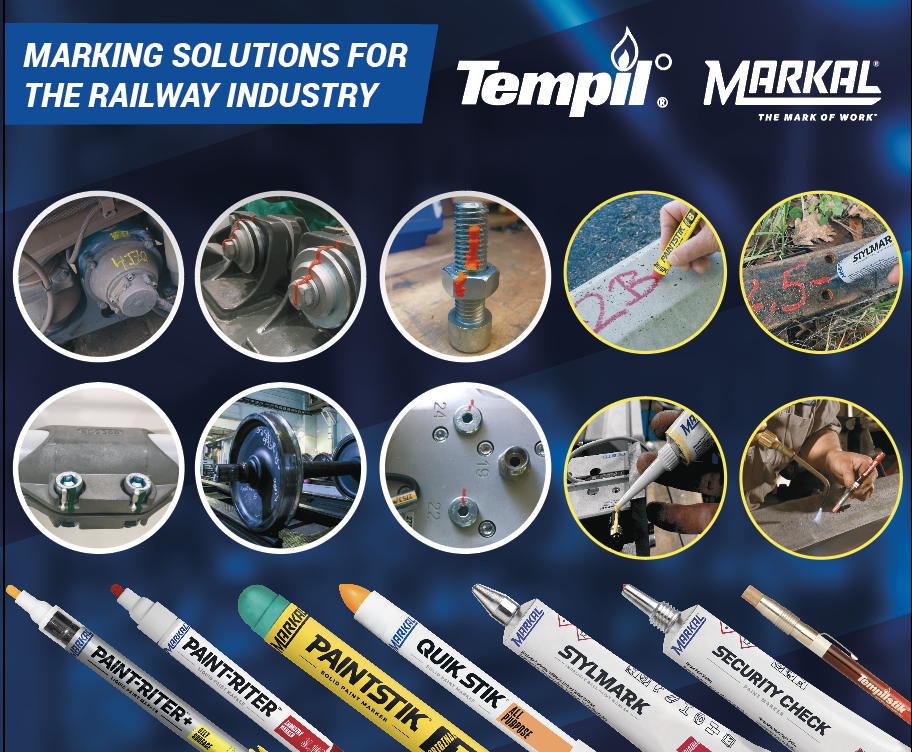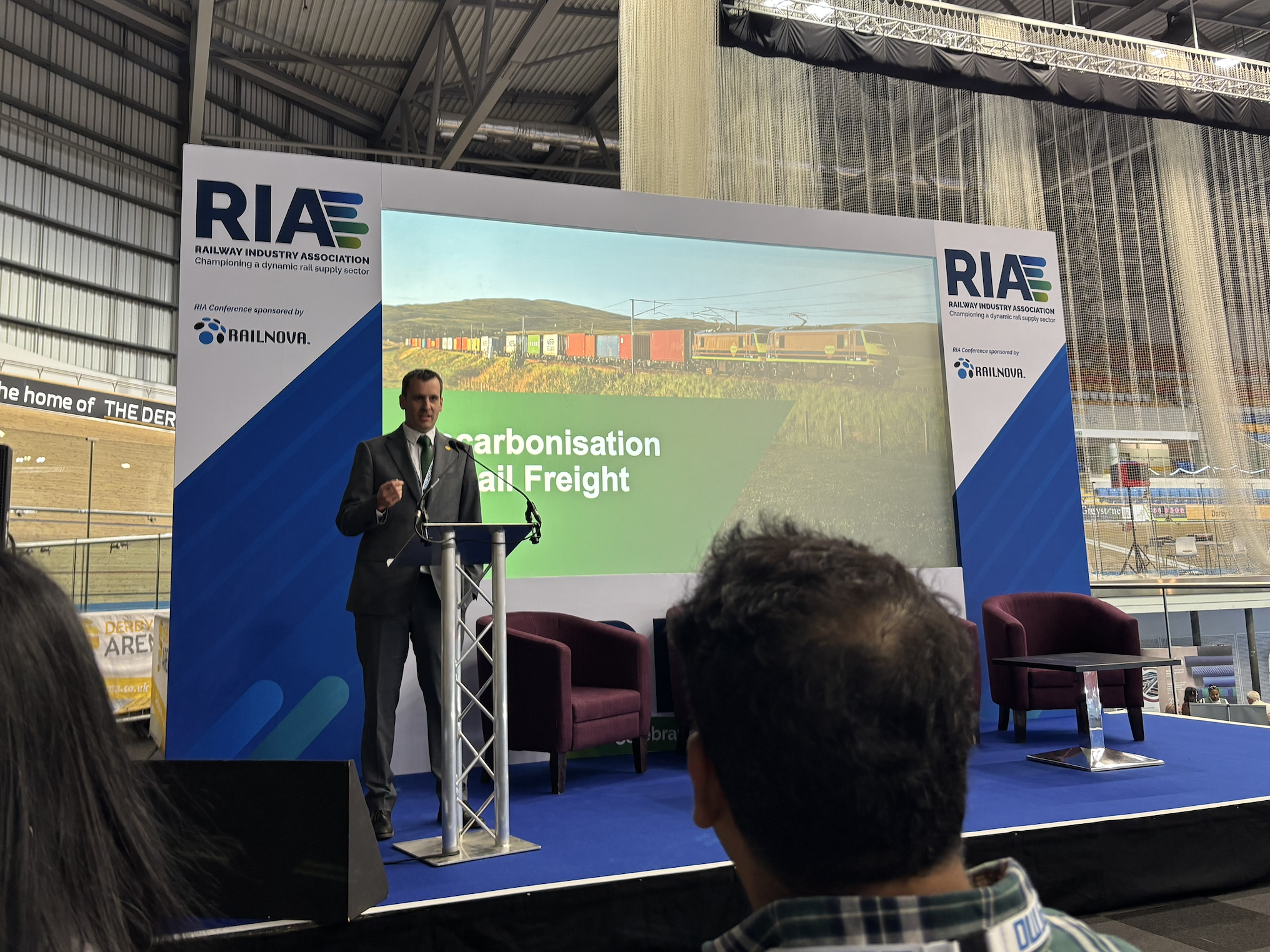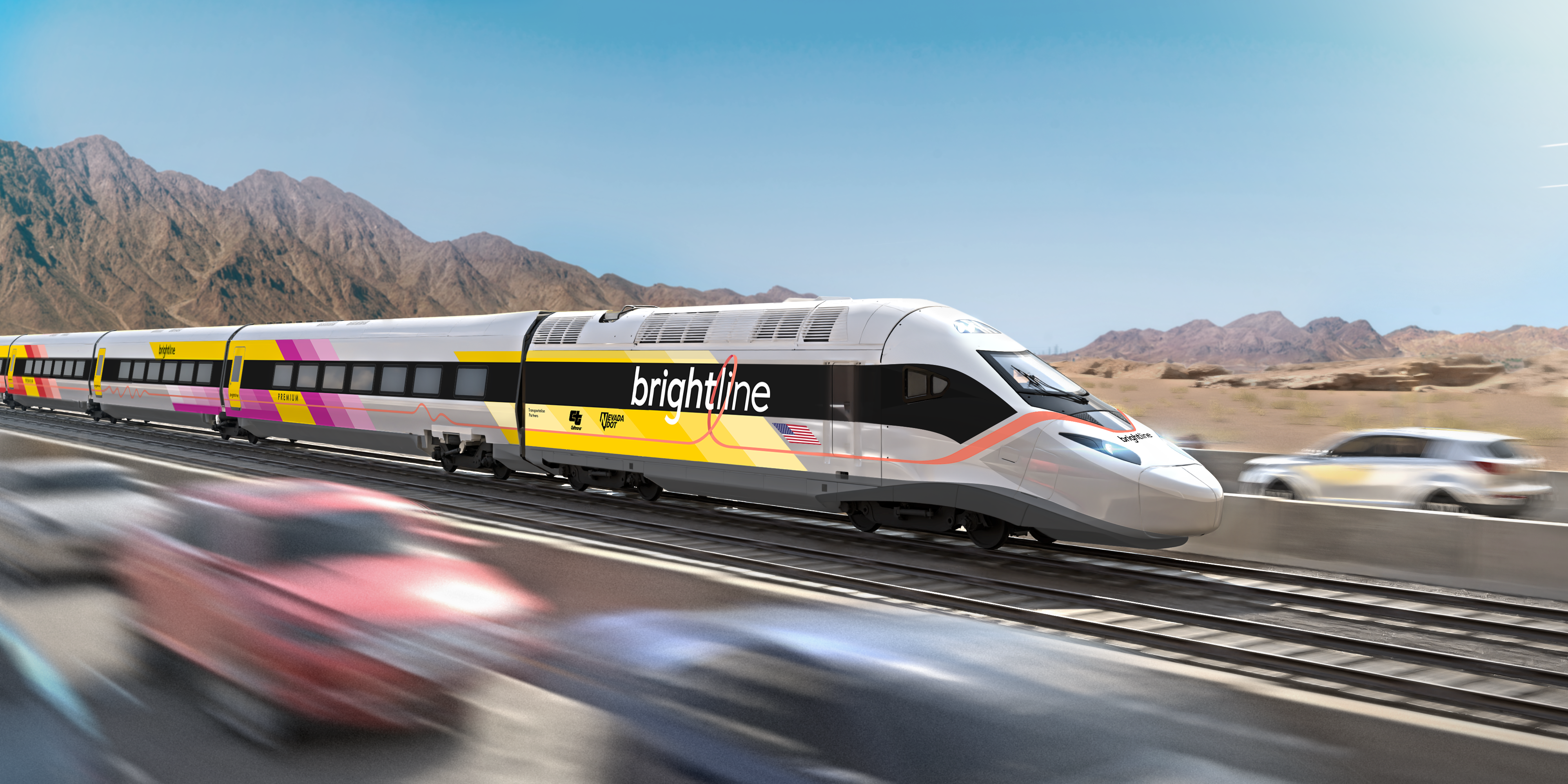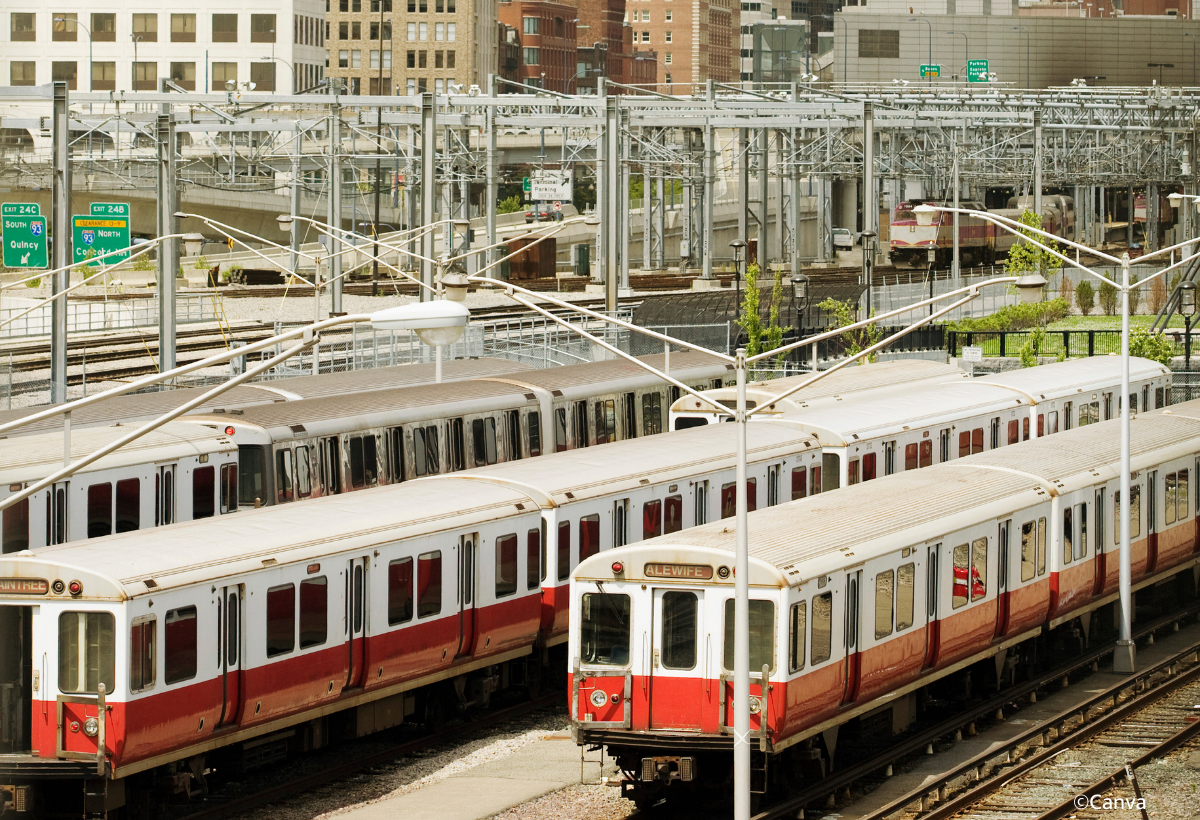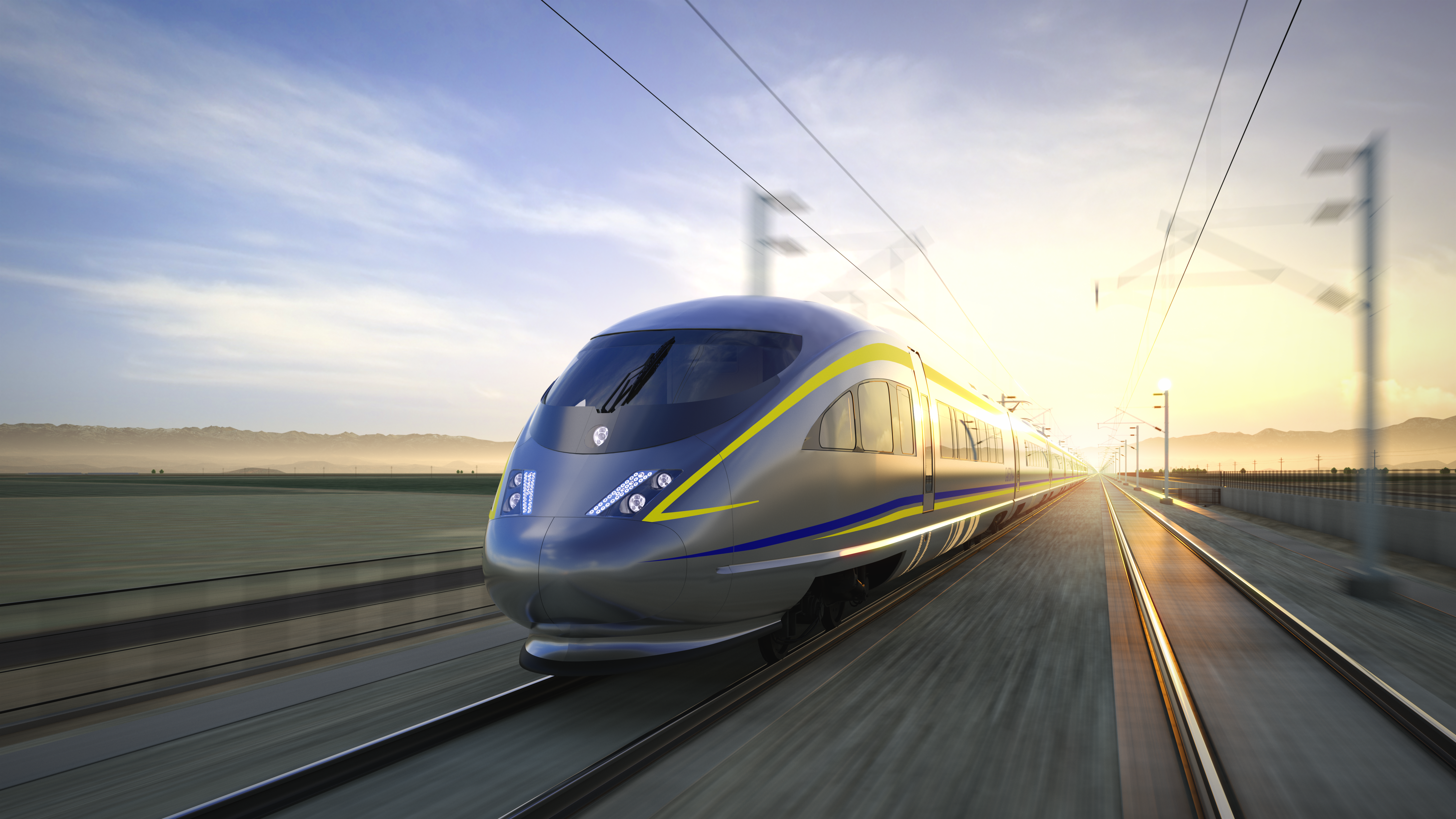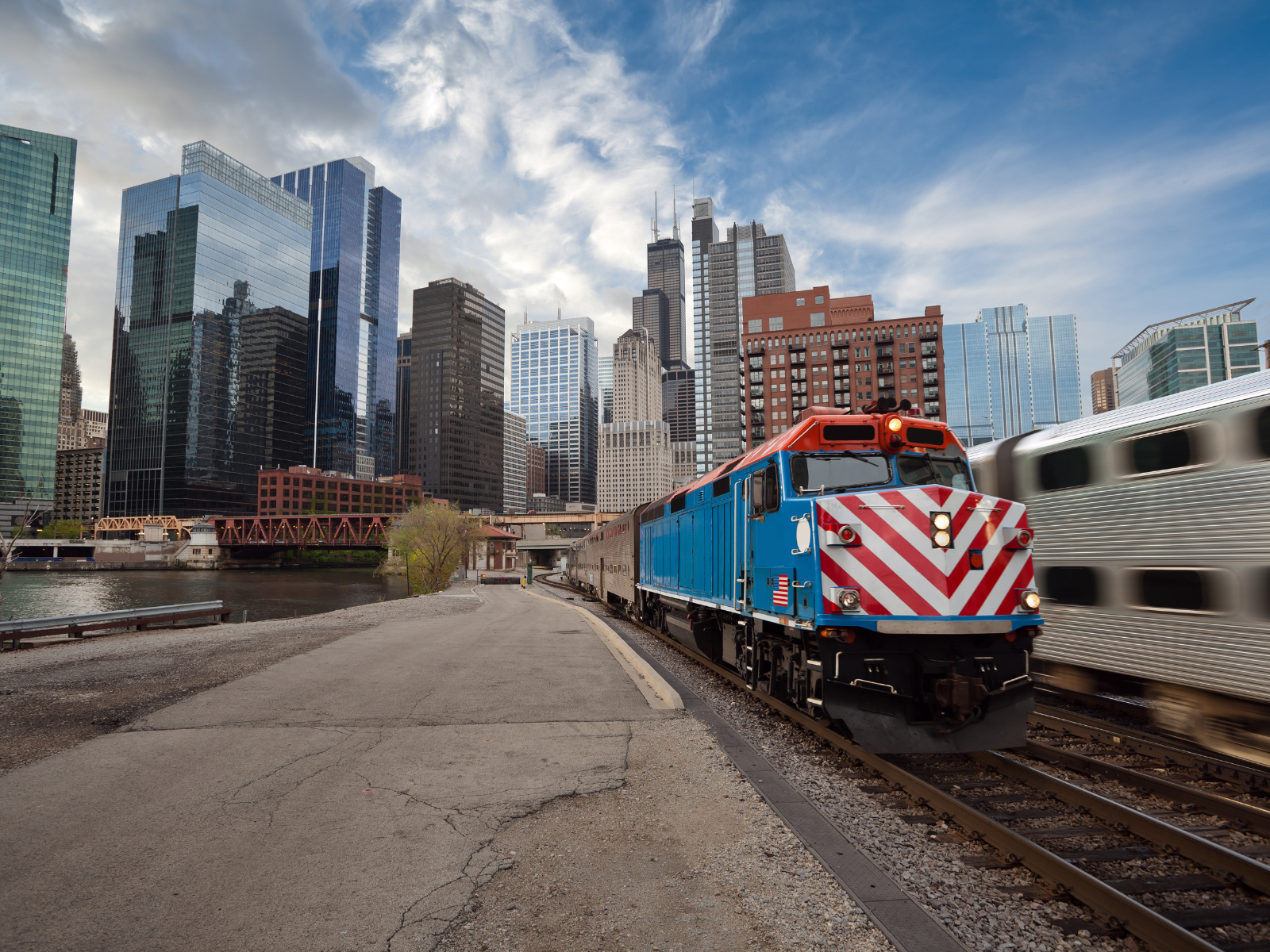Currently, Los Angeles is known for its car culture. The sprawling metropolis has congested freeways, long commutes, and a public transit system that, despite its scope, seems to struggle to entice Angelenos out of their vehicles.
However, with the 2028 Summer Olympic and Paralympic Games on the horizon, the city has a unique opportunity to redefine how people move. Could this global event serve as a catalyst for a permanent shift away from car dependency?
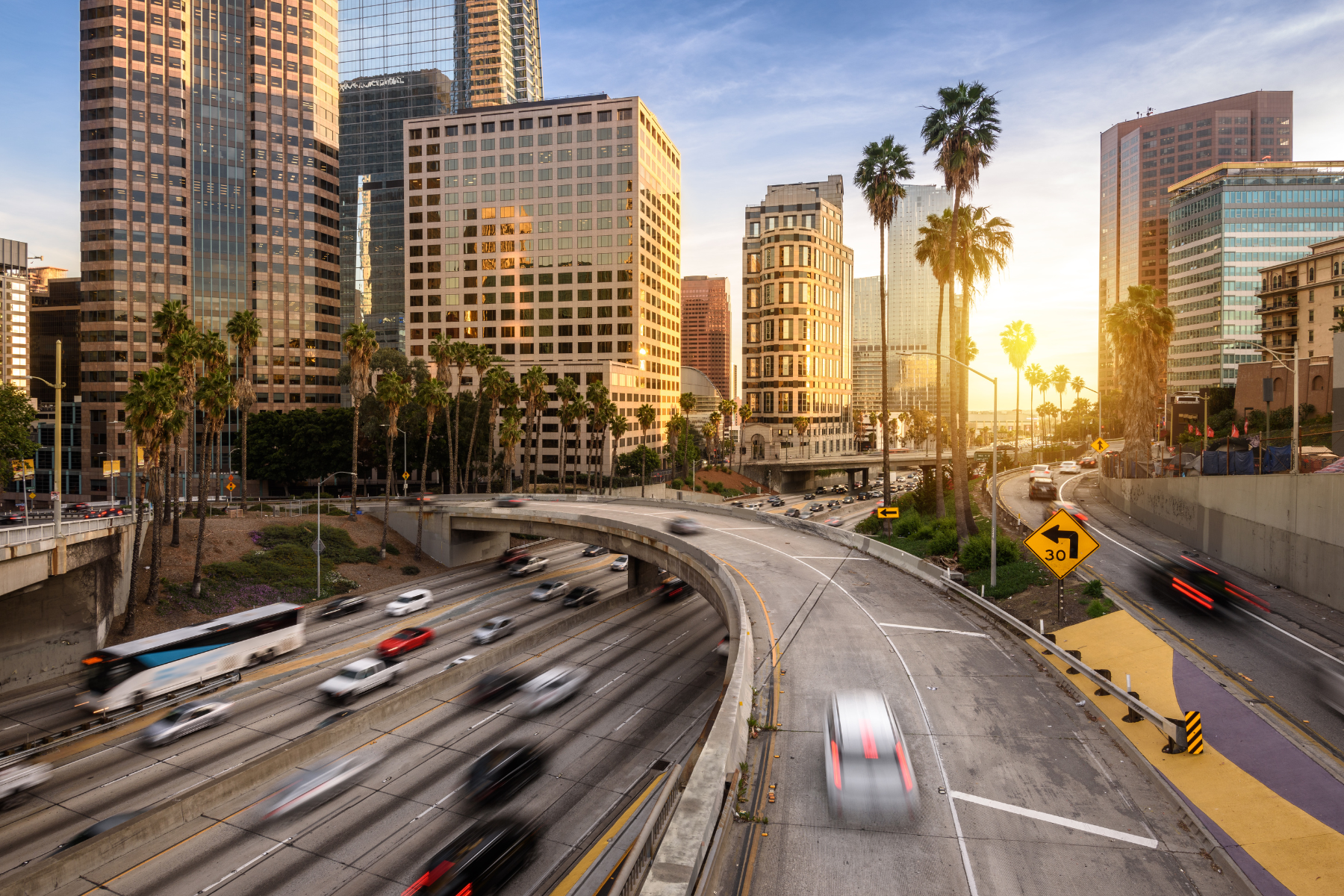
At the end of 2024, this topic was discussed in detail at CoMotion LA. Here, a range of panellists explored the investment and planning efforts aimed at delivering a ‘car-free Olympics’ in Los Angeles. They emphasised that while significant infrastructure and improved transport networks are being developed, achieving this vision will ultimately depend on a major shift in public perspective and behaviours.
Planning for LA 2028
Hosting the Olympic Games brings significant transportation challenges. While the city’s venues are well-equipped for large-scale events, they typically handle just one per day. In contrast, the Olympics will require moving massive crowds between multiple venues, many hosting several events daily. Without a well-coordinated transport strategy, the city risks overwhelming its infrastructure.
To accommodate the expected influx of visitors in 2028, LA Metro is therefore advancing several major projects under the “Twenty-Eight by ‘28” initiative. These include:
- The completion of the D (Purple) Line extension, linking Downtown to Westwood
- The expansion of light rail lines, such as the L (Gold) Line’s extension
- Improved bus rapid transit (BRT) corridors
- Increased pedestrian- and cyclist-friendly infrastructure
Careful planning and coordination are undoubtedly essential for the successful delivery of these projects. What’s more, as Karla Martínez Owunwanne, Senior Director of Government Relations, US West & LatAm at Lime, highlighted, this foresight must be paired with strong political will to overcome public opposition—especially for initiatives like bus and bike lanes that may reduce space for drivers.
Ensuring a seamless transportation experience for the 2028 Olympics will thus require more than infrastructure upgrades; it will demand a fundamental shift in how people move through the city. At CoMotion, the panellists stressed the importance of launching transit-first messaging, helping residents and visitors adjust to car-free mobility well before the Games begin.
What’s more, Laura Rubio-Cornejo, General Manager of the Los Angeles Department of Transportation (LADOT), highlighted key opportunities to accelerate this transition in the lead-up to 2028, including major events like the Super Bowl and the FIFA World Cup. She depicted these events as an opportunity to demonstrate alternative transport options, encouraging Angelenos to rethink how they travel and embrace more sustainable modes of transportation.
Changing the Paradigm
LA 2028 presents a unique opportunity to reshape how people move through Los Angeles. Sam Morrissey, Vice President of Transportation at LA28, described the event as a platform to showcase the city’s transportation progress and fully leverage its infrastructure investments. Doane Liu, Chief Tourism Officer for the City of Los Angeles, echoed this sentiment, pointing out that while visitors often praise LA’s metro network, many locals underutilise it. He therefore suggested that the Olympics could serve as a moment for international guests to demonstrate how easily the system can be navigated—helping to shift perceptions among Angelenos.
This shift would mark a stark contrast to the city’s last Olympics in 1984, when LA’s rail system had yet to be built. Morrissey explained that innovations in transport consequently largely surrounded traffic solutions, such as advising residents on peak congestion times and encouraging remote work. Conversely, for 2028, innovation will centre around public transit and the city’s vast, multimodal system, underscoring the industry’s progress over the last 40 years.
Importantly, Morrissey also emphasised that, in limiting parking and vehicular activity surrounding the venues, it is crucial to ensure that this system doesn’t simply create a wall of congestion, with Ubers and Lyfts dropping people off outside that area. The messaging and public narrative instead needs to focus on public transit being the most effective way of travelling.
To enforce this message, Marcel Porras, Deputy Chief Innovation Officer, LA Metro emphasised the importance of focusing on moving people in a safe and efficient manner, rather than simply breaking ridership records. This way, people who ride transit for the Olympics, will be encouraged to do so again.
Lessons from Paris and Vancouver
Prior to hosting the 2024 Olympic Games, Paris’ metro network was already widely used by both residents and visitors, with over 4 million people using the metro daily. This compares to an average of 300,000 in Los Angeles. The French capital therefore focussed its efforts on optimising the efficiency of its network for the Olympics, rather than needing to build a rail culture. For example, Marcel Porras praised the city’s temporary wayfinding systems installed for the Olympics, which were fully integrated into the city’s transportation networks.
In 2010, Vancouver’s challenges in hosting the Winter Olympics more closely mirrored those of Los Angeles, with the city aiming to reduce vehicle traffic by 30 percent in the lead-up to the Games. To help achieve this goal, Vancouver launched the Travel Smart 2010 campaign, which encouraged residents and visitors to prioritise environmentally friendly transportation options.
At CoMotion LA, Dale Bracewell, Principal at Mobility Foresight explained how this campaign helped shift behaviour patterns by setting public challenges and tracking and communicating real-time results, thus encouraging people to do their part to help deliver a successful Olympic Games.
This overarching community desire to be involved in and contribute positively to the Games also helped deliver benefits to Paris’ transportation network. Indeed, Romain Erny, Head of Business, Sectors & Aftercare at Choose Paris Region highlighted how the momentum helped tackle the city’s shortage of bus drivers. As operators trained and hired drivers to work for the Olympics as an attractive opportunity, this helped ensure more people were skilled and qualified to drive buses long-term.
Leaving a Legacy
Beyond ensuring a smooth Olympic experience, these efforts have the potential to create lasting behavioural shifts. As Karla Martínez Owunwanne highlighted, permanent infrastructure investments—such as the 22-mile zero-emissions, non-vehicular Festival Trail connecting key venues—will remain long after the Games. If residents adopt these systems during the Olympics, they may continue to use and enjoy them as viable alternatives to private cars in the long term.

Moreover, Ernesto Chaves, Senior Executive Officer at LA Metro, emphasised that the high level of coordination and collaboration established between agencies and stakeholders to deliver the Games should not be a one-time effort. Instead, it can lay the foundation for more effective, unified transportation initiatives in the future.
If executed successfully, the 2028 Olympics could leave Los Angeles with more than just sporting memories. The event has the potential to be a turning point in the city’s long-standing battle with traffic and car dependency. However, in addition to infrastructure investments, lasting change will depend on strong policy commitments, a compelling public narrative, and, ultimately, a cultural shift toward embracing sustainable, multimodal transportation.

